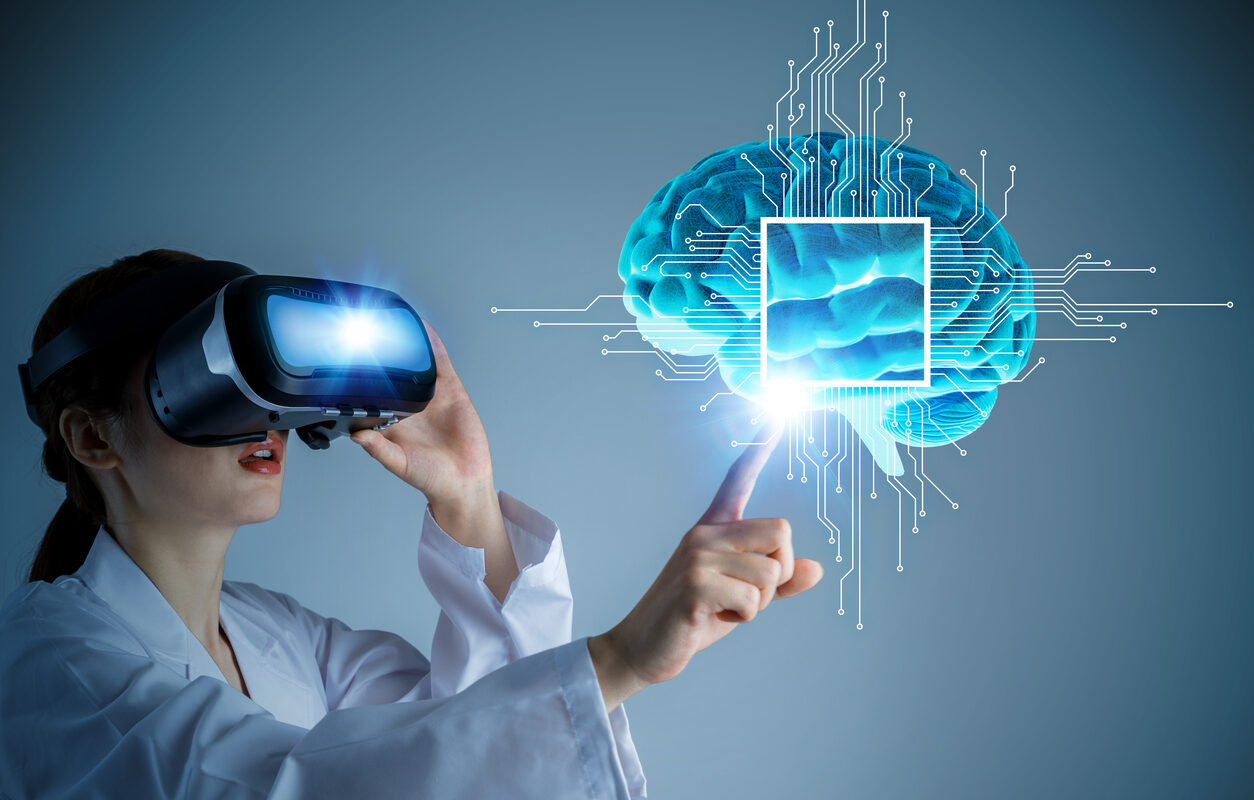Brain computer interface is a direct communication pathway between the user’s brain and an external device. It reads the user’s brain signals and translates them into commands that can control a computer, robotic limb, powered wheelchair or any electronic or mechanical devices. Products in the brain computer interface market include headsets, electrodes, sensors and assorted software. These products provide non-muscular communication and control options for paralyzed patients, allowing them to control external devices with their brain signals alone. It can assist patients with locked-in syndrome or other unreachable medical conditions to perform activities of daily living, communicate and interact with caregivers and family members.
The global brain computer interface market is estimated to be valued at US$ 959.29 Mn in 2023 and is expected to exhibit a CAGR of 5.0% over the forecast period 2023 to 2030, as highlighted in a new report published by Coherent Market Insights.
Market Dynamics
Rising prevalence of neurological disorders such as stroke, Parkinson’s disease, amyotrophic lateral sclerosis and epilepsy has increased the demand for brain computer interface technology for diagnosis and treatment. According to World Health Organization, epilepsy is the most common serious neurological condition affecting approximately 50 million people globally. Brain computer interface devices help clinicians to better understand these conditions by recording neural signals directly from the patient’s brain. Furthermore, growing application of brain computer interfaces in the gaming industry is also fueling market growth. For example, Neuralink Corp. is working on creating brain-controlled augmented reality games. Advancements such as higher resolution micro-electrode arrays and improved brain mapping techniques are further enhancing the potential of brain computer interfaces to control complex virtual environments through thought alone.
Segment Analysis
The global brain computer interface market is segmented into non-invasive, and invasive technology. The non-invasive sub segment is dominating and is expected to grow at a faster pace during the forecast period. Non-invasive brain-computer interfaces rely on scalp electrodes and various technologies to read neural signals, thereby making them safer and more user-friendly than invasive interfaces.
PEST Analysis
Political: Regulations related to ethics in neurotechnology are being formulated which will provide a regulated environment for the growth of the brain computer interface market.
Economic: Rising geriatric population suffering from neurological disorders and rise in healthcare expenditure is driving the economic growth of this market.
Social: Increasing adoption of assistive technology in day-to-day activities is increasing the social acceptance of brain-computer interface technology. It is improving the quality of life of people with disabilities.
Technological: Advancements in neural imaging and machine learning have improved decoding algorithms. This is helping in refining the design of non-invasive brain-computer interfaces with improved accuracy.
Key Takeaways
The Global Brain Computer Interface Market Size is expected to witness high growth during the forecast period due to rising prevalence of neurological disorders and increasing investments in neuroscience research.
Regional analysis: North America dominates the global brain computer interface market and is estimated to grow at a CAGR of over 6% during the forecast period. This can be attributed to the presence of major players in the region and higher adoption of brain-computer interface technologies. The market in Asia Pacific is expected to grow at the fastest pace owing to rising medical tourism, increasing healthcare expenditure and growing geriatric population.
Key players operating in the brain computer interface market are Neuralink Corporation, Neurable, Emotiv Inc., BitBrain, Alpha Omega, Blackrock Microsystems, LLC, Femtonics Ltd, NeuroNexus, Opto Circuits (India) Limited, BIOTRONIK, Plexon Inc., Noldus Information Technology, NextMind, Nectome, and Paradromics.
*Note:
1. Source: Coherent Market Insights, Public sources, Desk research
2. We have leveraged AI tools to mine information and compile it




